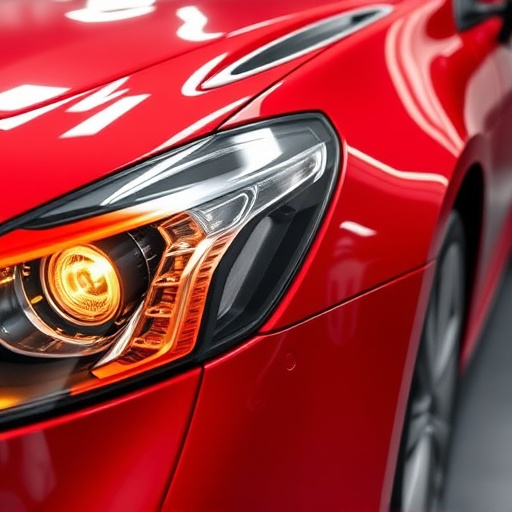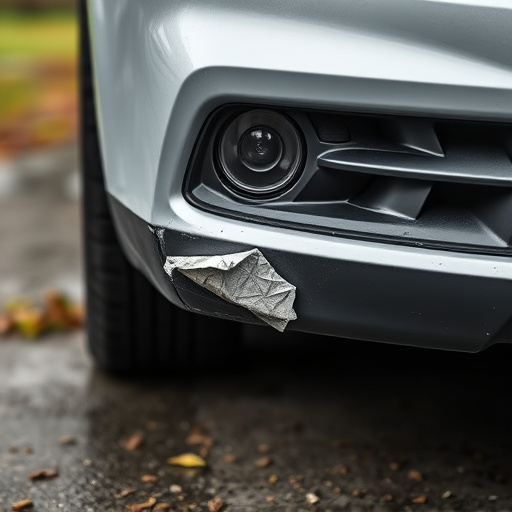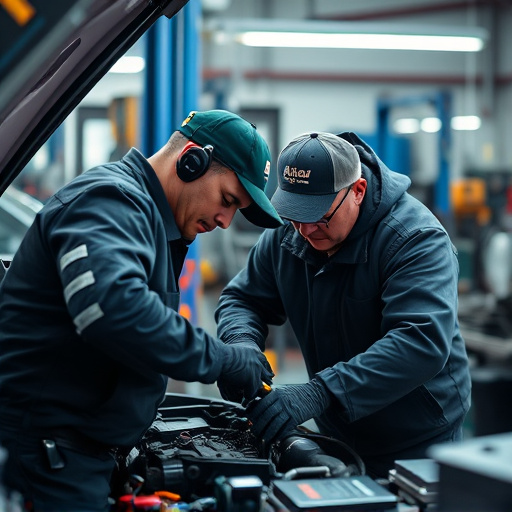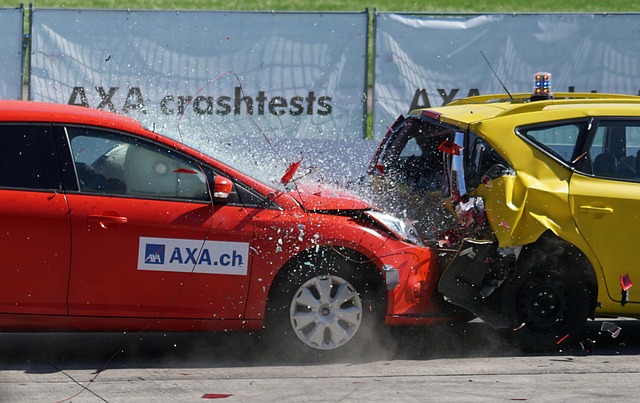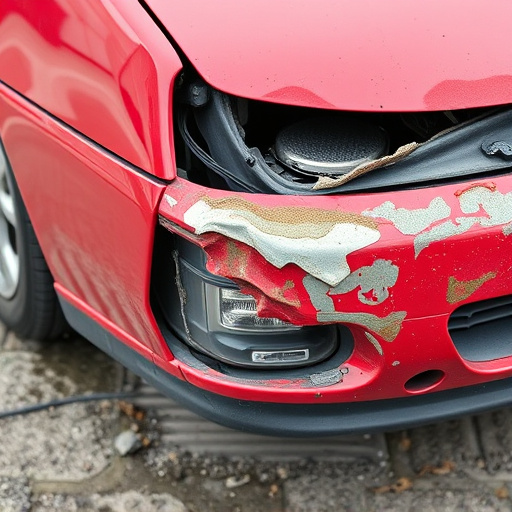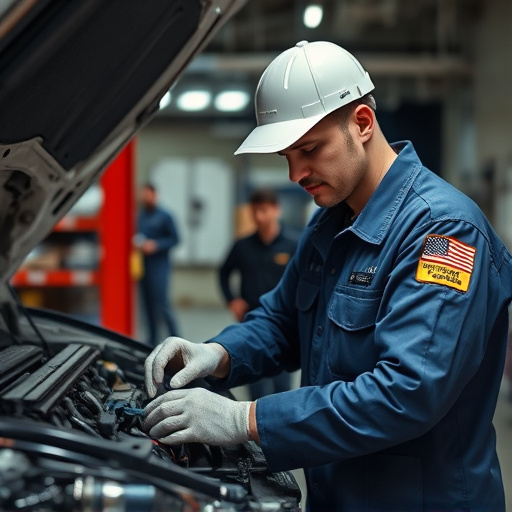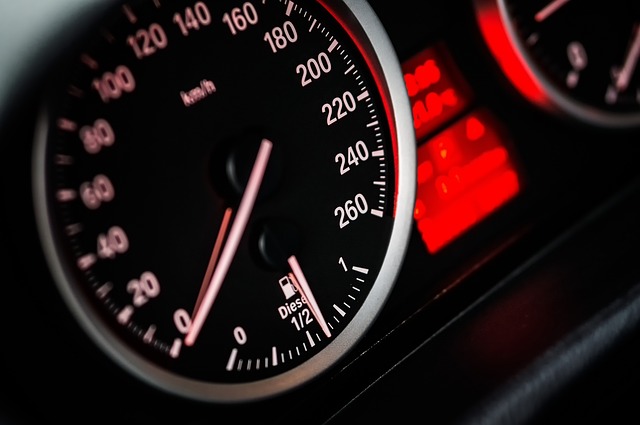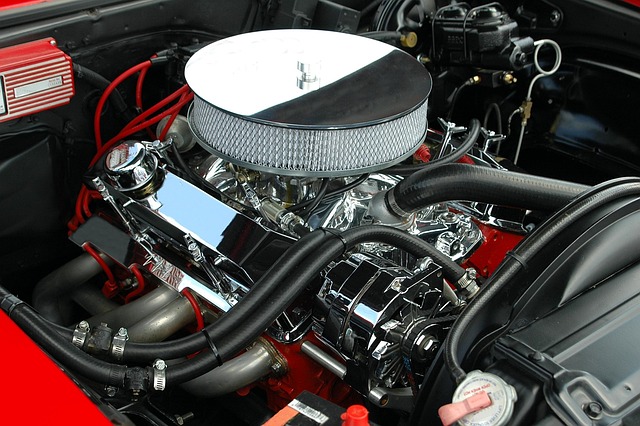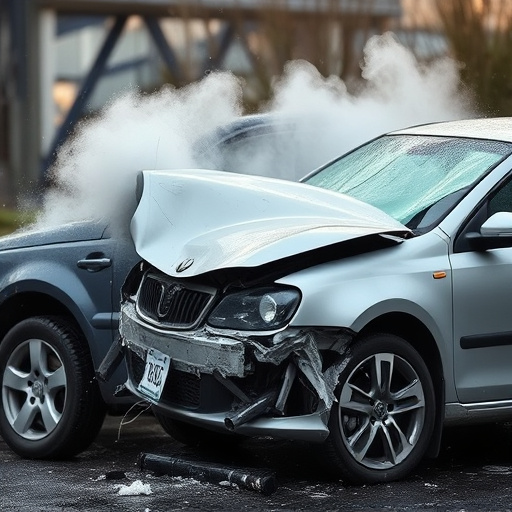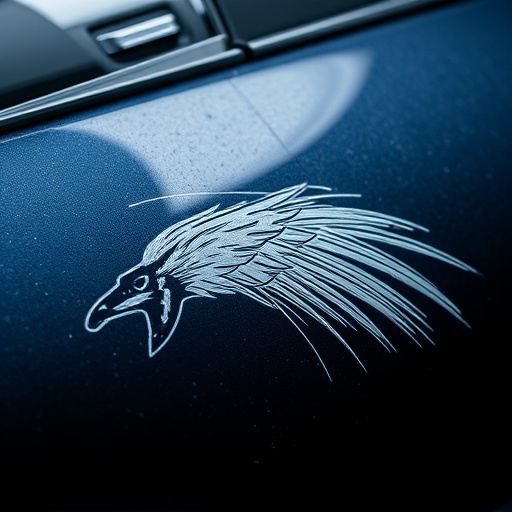Visual communication through repair status updates, incorporating photos and videos, significantly enhances customer experience in automotive repairs. This method builds trust, tracks progress, ensures precision, and personalizes interactions, setting new standards for collision damage repair services like Mercedes Benz repairs, meeting modern customer expectations for transparency.
In today’s digital age, visual communication is key, especially in the realm of repair services. Repair status updates that include photos and videos offer a powerful way to enhance transparency and customer satisfaction. This article explores the benefits of this innovative approach for both customers and teams, providing best practices for effective implementation. Discover how these multimedia updates can revolutionize the way you communicate repair progress, fostering trust and clarity every step of the way.
- Visual Communication: The Power of Photos and Videos
- Enhancing Transparency: Benefits for Customers and Teams
- Best Practices for Effective Repair Status Updates
Visual Communication: The Power of Photos and Videos
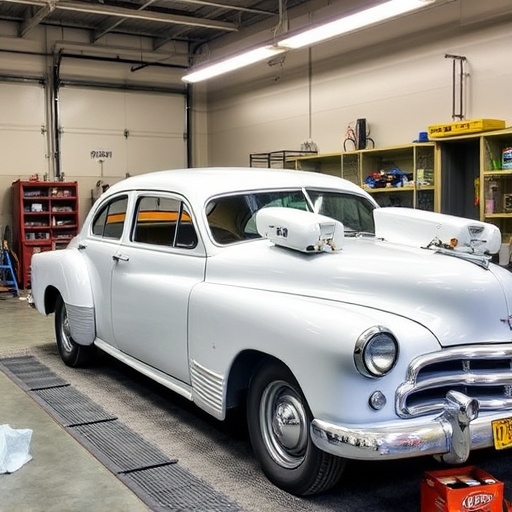
Visual communication is a powerful tool in any industry, but it’s especially impactful in sectors like automotive repair services where complex processes and visible results matter. Incorporating photos and videos into repair status updates transforms dry textual reports into engaging narratives that keep clients informed and satisfied. For example, a video showcasing dent removal techniques provides a clearer understanding of the before-and-after process, instilling confidence in the expertise of the auto body shop. Similarly, photos of intricate auto painting jobs can highlight the level of detail and precision involved, assuring clients that their vehicles are in capable hands.
This multimedia approach not only makes repair status updates more accessible but also fosters a sense of trust and transparency. Clients can visually track the progress of their vehicle’s transformation, from damaged to restored, making them feel involved in the process. Additionally, the use of photos and videos allows for better communication of intricate details, such as color matching precision during auto painting, ensuring clients are fully satisfied with the outcome. By integrating these visual elements into repair status updates, automotive repair shops can enhance client engagement and deliver a more personalized experience.
Enhancing Transparency: Benefits for Customers and Teams
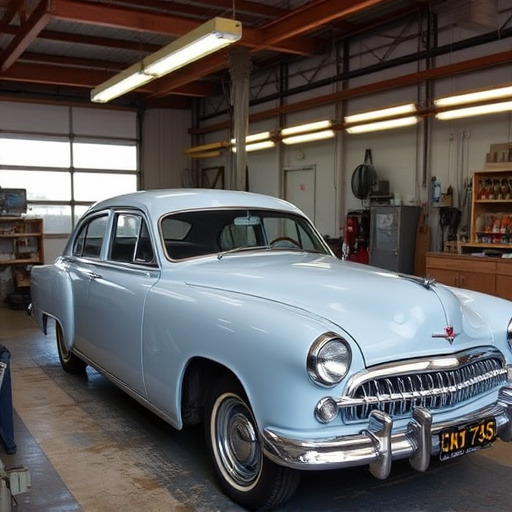
In today’s digital age, customers expect seamless communication and transparency when it comes to their vehicle’s repair process, especially after incidents like collision damage repair. Repair status updates that include photos and videos play a pivotal role in achieving this. These multimedia elements provide a clear picture of the repair progress, enabling customers to see exactly what has been done or needs to be done. For Mercedes Benz repair or any fleet repair services, such transparency builds trust.
Teams benefit from enhanced communication as well. Visual updates facilitate more effective discussions and decision-making, ensuring everyone is on the same page. This not only streamlines the repair process but also empowers customers by allowing them to actively participate in their vehicle’s restoration. In turn, this level of engagement fosters a positive experience, encouraging customer loyalty, and setting a new standard for collision damage repair services.
Best Practices for Effective Repair Status Updates
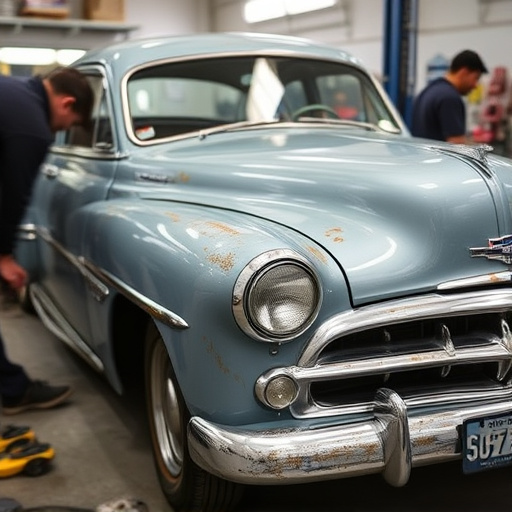
When crafting repair status updates, especially for intricate tasks like vehicle restoration or Mercedes Benz repair, clear and consistent communication is key. Effective updates should include detailed information about the progress, any challenges encountered, and anticipated completion times. Incorporating photos and videos can significantly enhance these updates, providing visual proof of repairs, modifications, or issues discovered during the process. This multi-media approach not only keeps clients informed but also builds trust and transparency.
Best practices dictate that updates should be timely, with regular intervals set for checking in on the auto body repairs. Each update should have a clear subject or stage, such as “Frame Alignment Complete” or “Paint Application in Progress.” Using simple language to describe tasks ensures everyone involved understands the progress. Additionally, providing context by referencing specific parts of the vehicle (e.g., “Front bumper now aligned with factory specifications”) offers clients a deeper level of engagement and reassurance regarding their auto body repairs.
Repair status updates that incorporate photos and videos have transformed visual communication, significantly enhancing transparency in the repair process. These dynamic media provide customers with a clear understanding of their device’s progress, fostering trust and satisfaction. For internal teams, they offer a streamlined way to document repairs, share knowledge, and improve efficiency. By following best practices for effective status updates, businesses can ensure these visual tools are used optimally, creating a seamless and transparent repair experience for all.
